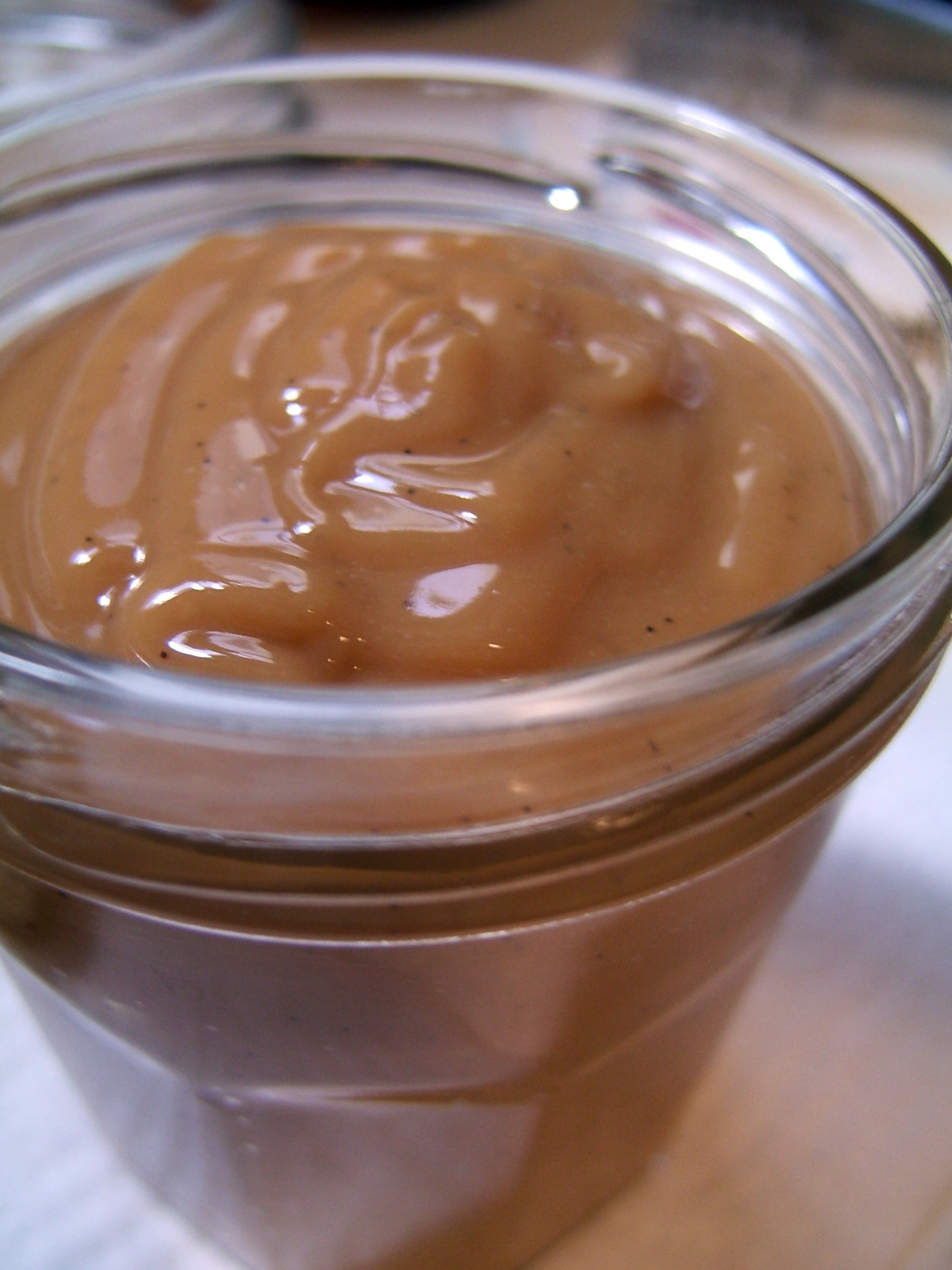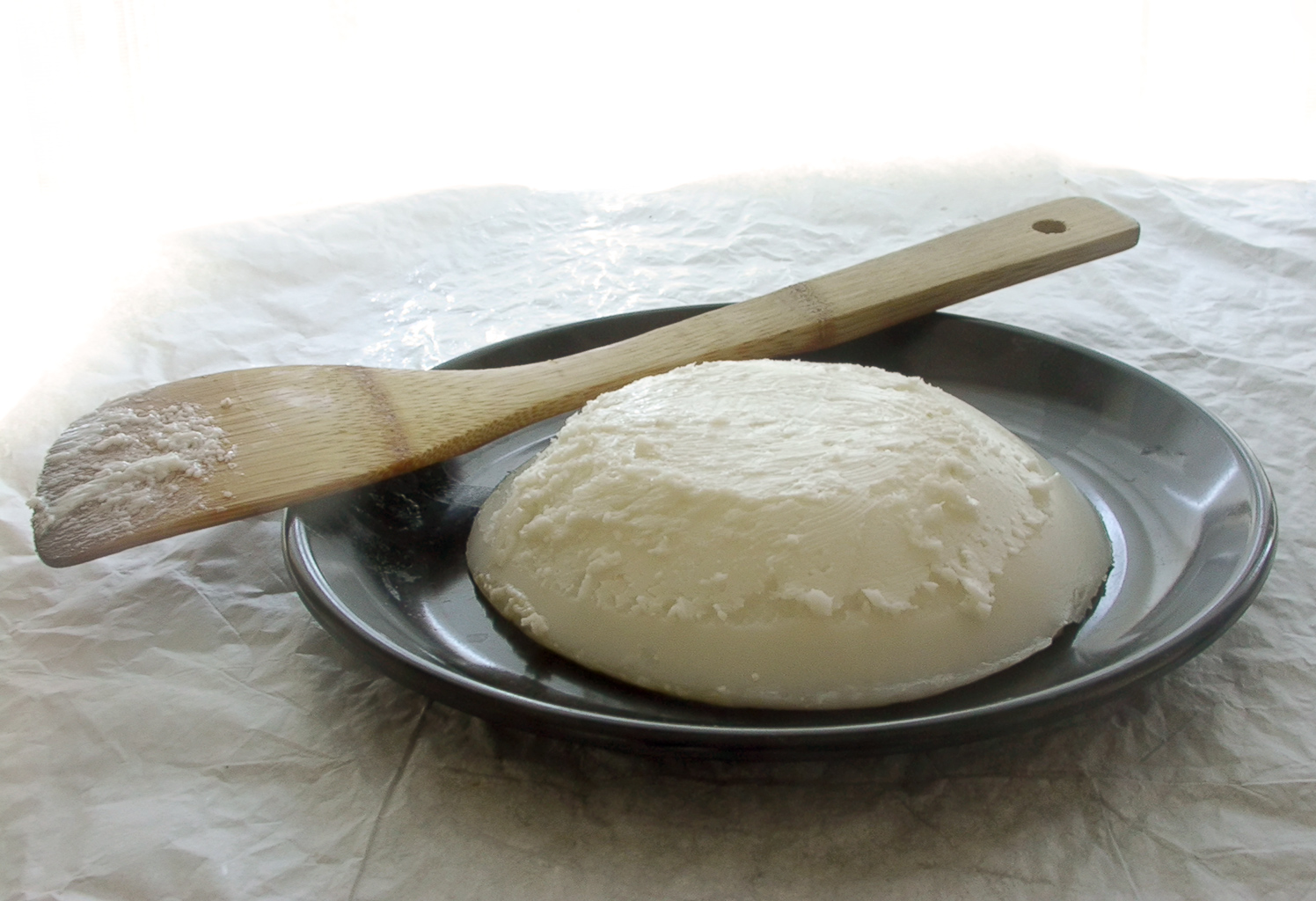|
Milcao
Milcao or melcao (sometimes hypercorrected to milcado) is a traditional potato pancake dish originating from the Chiloé Archipelago in Chile. The dish is prepared with raw grated potatoes and cooked mashed potatoes mixed with other ingredients. It forms an important part of the Chiloé dishes curanto and ''reitimiento'', and is mentioned frequently in folklore as part of Chilote songs and riddles. The dish spread to the south of Chile and Argentina with the migration of many Chilote families to Patagonia during the second half of the 19th century and the beginning of the 20th century.Chapalele y Milcaos, infaltables en el curanto Chef Norberto E. Petryk, Alimentación Chile, 20 December 2012. Retrieved 17 February 2013. Preparation The most important ...[...More Info...] [...Related Items...] OR: [Wikipedia] [Google] [Baidu] |
Curanto
Curanto (from 'stony') is a traditional Chilote method of cooking food using heated rocks buried in an earth oven that is covered with pangue leaves and turf. The fundamental components are seafood, potatoes, along with other traditional preparations from Chiloé Archipelago such as milcao and chapalele, to which are added meats, sausages and sometimes crustaceans. It is part of the Chilean cuisine, and it is one of the most recognized dishes of traditional Chilote cuisine whose oldest archaeological remains dates to more than eleven thousand years before present on the Greater Island; there are also finds of lesser data in areas of the coastal edge of the Reloncaví Sound, the inland sea of Chiloé and the northern Patagonian channels. In addition, thanks to the migratory flow of the late 19th century and early 20th century, it spread throughout the south of that country. Although its preparation has been documented in various ethnographic accounts since the 16th century, ... [...More Info...] [...Related Items...] OR: [Wikipedia] [Google] [Baidu] |
Chile
Chile, officially the Republic of Chile, is a country in western South America. It is the southernmost country in the world and the closest to Antarctica, stretching along a narrow strip of land between the Andes, Andes Mountains and the Pacific Ocean. Chile had a population of 17.5 million as of the latest census in 2017 and has a territorial area of , sharing borders with Peru to the north, Bolivia to the northeast, Argentina to the east, and the Drake Passage to the south. The country also controls several Pacific islands, including Juan Fernández Islands, Juan Fernández, Isla Salas y Gómez, Desventuradas Islands, Desventuradas, and Easter Island, and claims about of Antarctica as the Chilean Antarctic Territory. The capital and largest city of Chile is Santiago, and the national language is Spanish language, Spanish. Conquest of Chile, Spain conquered and colonized the region in the mid-16th century, replacing Incas in Central Chile, Inca rule; however, they Arauco War ... [...More Info...] [...Related Items...] OR: [Wikipedia] [Google] [Baidu] |
Chuño
() is a preserved potato product traditionally made by Quechua and Aymara communities of Bolivia and Peru, and is known in various countries of South America, including Bolivia, Peru, Chile and Northwest Argentina. It is a five-day process, obtained by exposing a bitter, frost-resistant variety of potatoes to the very low night temperatures of the Andean Altiplano, freezing them, and subsequently exposing them to the intense sunlight of the day (this being the traditional process). The word comes from Quechua , meaning 'frozen potato' ('wrinkled' in the dialects of the Junín Region). Origins The existence of dates back to before the time of the Inca Empire in the 13th century, based on findings that have been made of the product at various archaeological sites. Specifically, they have been found at Tiwanaku, site of a culture which developed in the Collao Plateau, a geographic zone which includes territories of Bolivia and Peru.. It had been described in 1590 by Spanis ... [...More Info...] [...Related Items...] OR: [Wikipedia] [Google] [Baidu] |
Chilean Cuisine
Chilean cuisine stems mainly from the combination of traditional Spanish cuisine, Chilean Indigenous peoples in Chile, Mapuche culture and local ingredients, with later important influences from other European cuisines, particularly from German cuisine, Germany, the British cuisine, United Kingdom and French cuisine, France. The food tradition and recipes in Chile are notable for the variety of flavours and ingredients, with the country's diverse geography and climate hosting a wide range of agricultural produce, fruits and vegetables. The long coastline and the peoples' relationship with the Pacific Ocean add an immense array of seafood to Chilean cuisine, with the country's waters home to unique species of fish, molluscs, crustaceans and algae, thanks to the oxygen-rich water carried in by the Humboldt Current. Chile is also one of the world's largest producers of Chilean wine, wine and many Chilean recipes are enhanced and accompanied by local wines. The confection dulce de l ... [...More Info...] [...Related Items...] OR: [Wikipedia] [Google] [Baidu] |
Vegetable Oil
Vegetable oils, or vegetable fats, are oils extracted from seeds or from other parts of edible plants. Like animal fats, vegetable fats are ''mixtures'' of triglycerides. Soybean oil, grape seed oil, and cocoa butter are examples of seed oils, or fats from seeds. Olive oil, palm oil, and rice bran oil are examples of fats from other parts of plants. In common usage, vegetable ''oil'' may refer exclusively to vegetable fats which are liquid at room temperature. Vegetable oils are usually edible. History In antiquity Olive oil has been a part of human culture for millennia.Ruth Schuster (December 17, 2014). "8,000-year old olive oil found in Galilee, earliest known in world", ''Haaretz''. Retrieved December 17, 2014. Archaeological evidence shows that olives were turned into olive oil by 6000 BC and 4500 BC in present-day Israel. Pagnol, p. 19, says the 6th millennium in Jericho, but cites no source. In ancient Egypt, plant oils including cedar oil, cypress oil, and ol ... [...More Info...] [...Related Items...] OR: [Wikipedia] [Google] [Baidu] |
Salt
In common usage, salt is a mineral composed primarily of sodium chloride (NaCl). When used in food, especially in granulated form, it is more formally called table salt. In the form of a natural crystalline mineral, salt is also known as rock salt or halite. Salt is essential for life in general (being the source of the essential dietary minerals sodium and chlorine), and saltiness is one of the basic human tastes. Salt is one of the oldest and most ubiquitous food seasonings, and is known to uniformly improve the taste perception of food. Salting, brining, and pickling are ancient and important methods of food preservation. Some of the earliest evidence of salt processing dates to around 6000 BC, when people living in the area of present-day Romania boiled spring water to extract salts; a salt works in China dates to approximately the same period. Salt was prized by the ancient Hebrews, Greeks, Romans, Byzantines, Hittites, Egyptians, and Indians. Salt became a ... [...More Info...] [...Related Items...] OR: [Wikipedia] [Google] [Baidu] |
Lard
Lard is a Quasi-solid, semi-solid white fat product obtained by rendering (animal products), rendering the adipose tissue, fatty tissue of a domestic pig, pig.Lard entry in the online ''Merriam-Webster Dictionary''. Accessed on 2020-07-05. It is distinguished from tallow, a similar product derived from fat of cattle or sheep. Lard can be rendered by steaming, boiling, or dry heat. The culinary qualities of lard vary somewhat depending on the origin and processing method; if properly rendered, it may be nearly odorless and tasteless.E. S. Clifton, Joseph Kastelic, and Belle Lowe (1955): ''Relationships between Lard Production Methods, Volumes of Production, Costs and Characteristics of Lard Produced in Selected Packing Plants''. Research Bulletin 422, Iowa State College Experiment Station, US Department of Agriculture. ... [...More Info...] [...Related Items...] OR: [Wikipedia] [Google] [Baidu] |
Potato
The potato () is a starchy tuberous vegetable native to the Americas that is consumed as a staple food in many parts of the world. Potatoes are underground stem tubers of the plant ''Solanum tuberosum'', a perennial in the nightshade family Solanaceae. Wild potato species can be found from the southern United States to southern Chile. Genetic studies show that the cultivated potato has a single origin, in the area of present-day southern Peru and extreme northwestern Bolivia. Potatoes were domesticated there about 7,000–10,000 years ago from a species in the '' S. brevicaule'' complex. Many varieties of the potato are cultivated in the Andes region of South America, where the species is indigenous. The Spanish introduced potatoes to Europe in the second half of the 16th century from the Americas. They are a staple food in many parts of the world and an integral part of much of the world's food supply. Following millennia of selective breeding, there are now over 5 ... [...More Info...] [...Related Items...] OR: [Wikipedia] [Google] [Baidu] |
Gunnera Tinctoria
''Gunnera tinctoria'', known as giant rhubarb, Chilean rhubarb, or ''nalca'', is a flowering plant species native to southern Chile and neighboring zones in Argentina. It is unrelated to rhubarb, as the two plants belong to different order (biology), orders, but looks similar from a distance and has similar culinary uses. It is a large-leaved perennial plant that grows to more than two metres tall. It has been introduced to many parts of the world as an ornamental plant. In some countries, such as New Zealand, the United Kingdom and Ireland, it has spread from gardens and is becoming an introduced species of concern. It is known under the Synonym (taxonomy), synonyms: ''Gunnera chilensis'' Jean-Baptiste Lamarck, Lam. and ''Gunnera scabra'' Hipólito Ruiz López, Ruiz & Pav. Taxonomy It was first described in 1782 by Juan Ignacio Molina as ''Panke tinctoria'', and was transferred to the genus ''Gunnera'' in 1805 by Charles-François Brisseau de Mirbel. Description ''Gunnera tin ... [...More Info...] [...Related Items...] OR: [Wikipedia] [Google] [Baidu] |
Hazel
Hazels are plants of the genus ''Corylus'' of deciduous trees and large shrubs native to the temperate Northern Hemisphere. The genus is usually placed in the birch family, Betulaceae,Germplasmgobills Information Network''Corylus''Rushforth, K. (1999). ''Trees of Britain and Europe''. Collins .Huxley, A., ed. (1992). ''New RHS Dictionary of Gardening''. Macmillan . though some botanists split the hazels (with the hornbeams and allied genera) into a separate family Corylaceae. The fruit of the hazel is the hazelnut. Hazels have simple, rounded leaves with double-serrate margins. The flowers are produced very early in spring before the leaves, and are monoecious, with single-sex catkins. The male catkins are pale yellow and long, and the female ones are very small and largely concealed in the buds, with only the bright-red, 1-to-3 mm-long styles visible. The fruits are nuts long and 1–2 cm diameter, surrounded by an involucre (husk) which partly to fully encloses ... [...More Info...] [...Related Items...] OR: [Wikipedia] [Google] [Baidu] |






